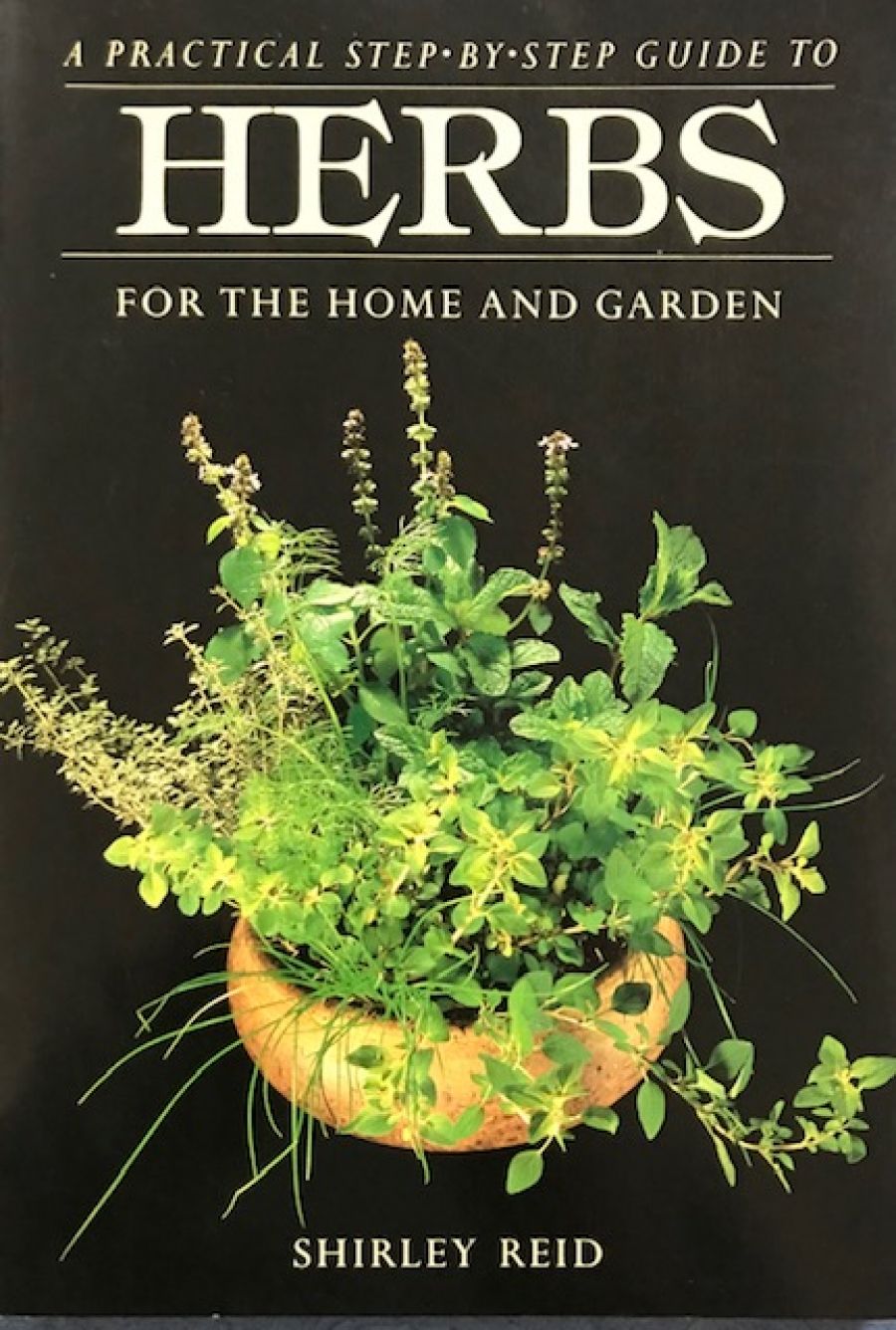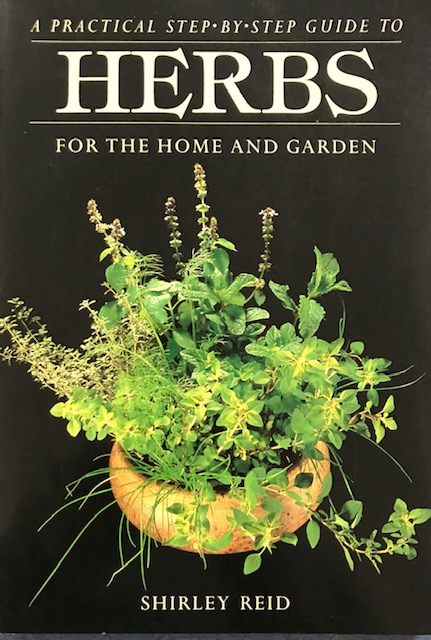
- Free Article: No
- Contents Category: Non-fiction
- Review Article: Yes
- Article Title: Something About Herbs
- Online Only: No
- Custom Highlight Text:
This is an attractive book with its colourful dust jacket, clear type and layout, and delicate line drawings of individual herbs. The body of the book is an alphabetically arranged treatment of forty-two herbs, giving growing requirements, history, how to harvest and store and uses in medicine, toiletry and cooking. The recipes are original and include such interesting combinations as Pork au Santolina (which I tried and found worthy of a dinner party), and Lavender Beef.
- Book 1 Title: Herbs for Australian Gardens and Kitchens
- Book 1 Biblio: Kent Town, $9.95, 152 pp
- Book 1 Cover Small (400 x 600):

- Book 1 Cover (800 x 1200):

Although much of the information has been published elsewhere there are new details, for example, a suggestion that chopped chives be added to the mash of newly hatched chickens. The details are sometimes capricious: We are told how to tell onion flavoured chives from garlic chives, but not how to tell French from Russian tarragon. The book contains smaller sections devoted to planning a herb garden, a general history of herbs and their use in beauty preparations and the making of gifts. The chart of usage is a valuable quick reference. The separate section entitled ‘Herbs for the Connoisseur’, which includes angelica and violets, seems unnecessary, since other equally unusual herbs and usages are included in the main section.
If you expect Herbs for Australian Gardens and Kitchens to be the particularly Australian herb book which its title suggests, you will be disappointed. There is surprisingly little new information about growing herbs considering Elizabeth Reid comes from a family of nurserymen: Nor does the book help gardeners cope with conditions as different as those found in Tasmania and Queensland. The short section on Australian native herbs used by Aborigines, pioneers and explorers is interesting, but too sketchy, and does not even mention the use of the tea-tree as a substitute for China tea. A section on herbs which have naturalised in Australia would also have been useful.


Comments powered by CComment